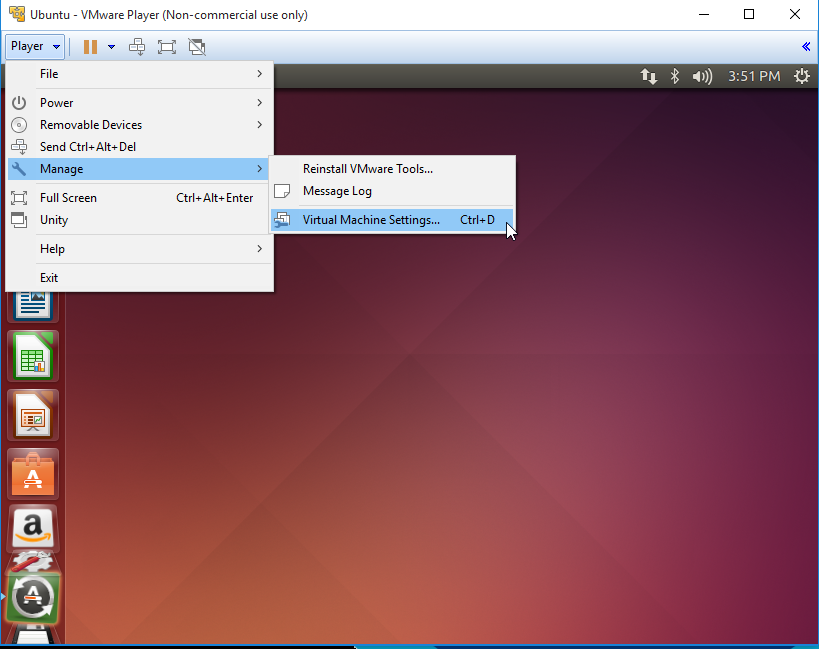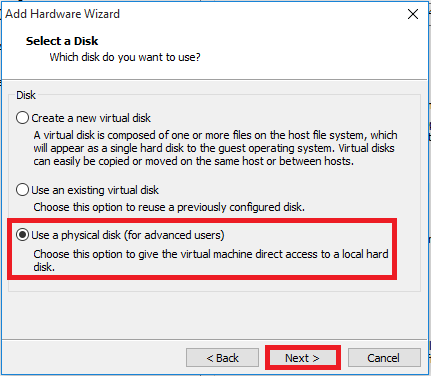
Once the command has finished running, your SD card should be an exact copy of the disk image you specified. Sudo gdd of=/dev/rdisk4 if=sd_backup.dmg status=progress bs=16M Then to copy the image, run the following command: Do not click the eject button in finder, but run this command, replacing 4 with whatever number you identified as your sd card sudo diskutil unmountDisk /dev/disk4. You’ll first need to unmount your SD card. Copy the disk image (dmg) to your SD card If you’d like to restore it, or clone it to another SD card, read on. This will contain a complete disk image of your SD card. If you’d like to backup multiple SD cards (or keep multiple backups!) simply replace sd_backup.dmg with a different file name. Once the command has finished running, you’ll end up with a file in your home directory called sd_backup.dmg. If you’d like to experiment with different block sizes, just type ctrl + c to cancel the command, then you can run it again. You should see some progress feedback telling you the transfer speed.

Tip: you can experiment with different numbers for the block size by replacing bs=16M with larger or smaller numbers to see if it makes a difference to the speed. Sudo gdd if=/dev/rdisk4 of=sd_backup.dmg status=progress bs=16M Now you should run the following command, replacing 4 with whatever number you identified as your sd card: For an operation like this, it is much more efficient. OctoPrint plus its dependencies MJPG-Streamer for live viewing of prints and timelapse video creation. Guy Sheffer maintains OctoPi, a Raspbian (and thus Debian) based SD card image for the Raspberry Pi that already includes OctoPrint plus everything you need to run it.
Sd card for mac vm install#
The r means when we’re copying, it will use the “raw” disk.
Sd card for mac vm how to#
You can visit this link to find out how to download and install homebrew if you haven’t already got it. Make sure you’ve got homebrew installed.basic knowledge of command line operations.macOS running a recent version (this guide was tested on macOS Catalina).If you type any of the parameters incorrectly you may accidently erase or overwrite important data. WARNING: Be very careful when running any command with sudo dd in it.
Sd card for mac vm full#
This simple command line trick will have you copying or cloning a full disk image of your SD card in record time!

Unfortunately this has issues reading linux partitions (well in my experience) and is often slow.

Your first thought is to probably use the built in “Disk Utility”. If you have a raspberry pi or other single board computer and would like to make a backup of it, or even clone it to another SD card, then it can take a long time.


 0 kommentar(er)
0 kommentar(er)
